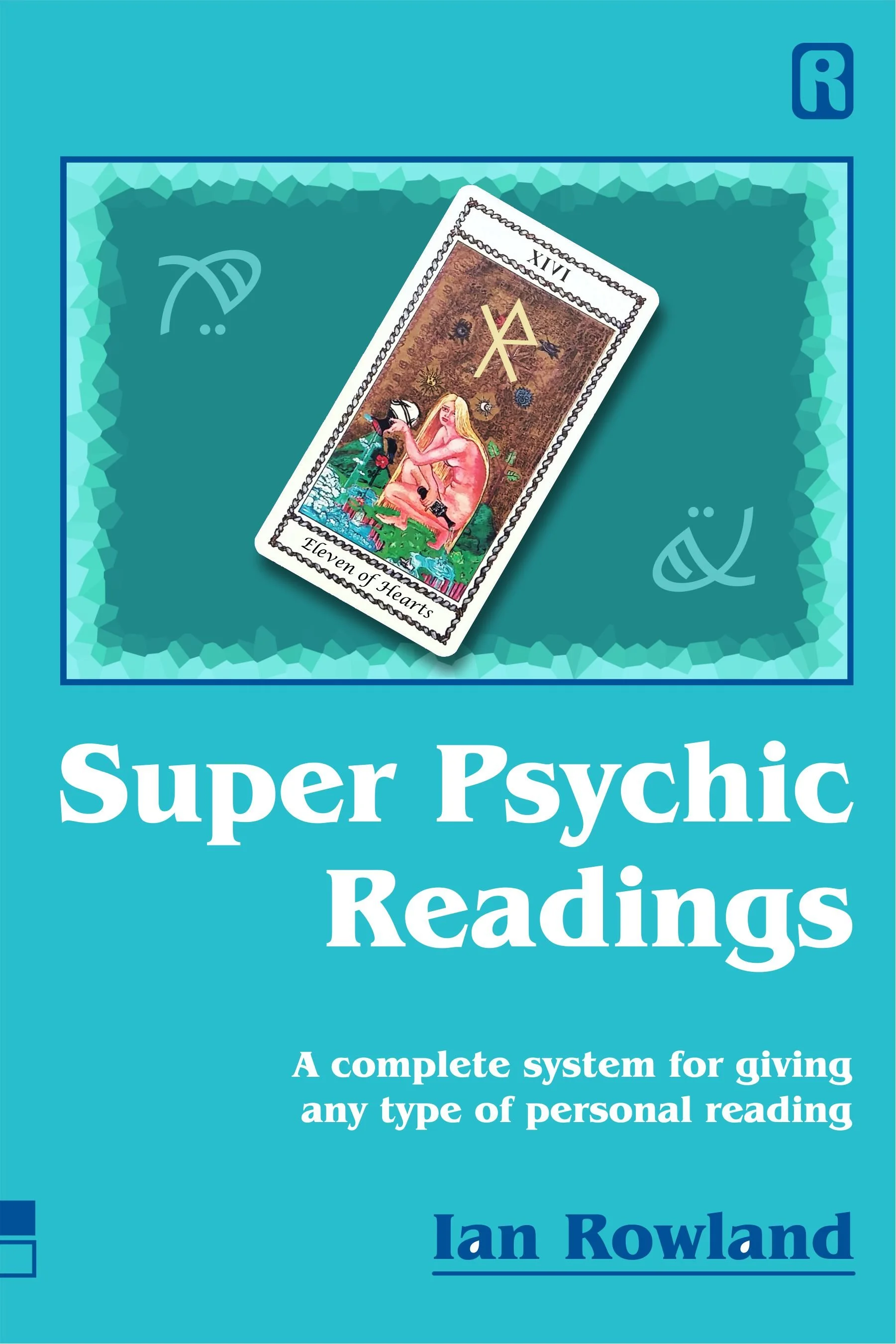Cold Reading Psychology: How We’re Persuaded Without Realising It
Cold Reading Psychology: How We’re Persuaded Without Realising It
Cold reading psychology is one of the most intriguing areas of applied human behavior. It blends elements of persuasion, cognitive bias, empathy, and linguistic trickery all wrapped in a neat little package that, when opened, seems to say, “I know you.”
If you’ve ever been amazed by a psychic, flattered by a horoscope, or surprised by how quickly someone “got you,” there’s a good chance you’ve experienced cold reading psychology at work. It’s subtle. It’s clever. And it’s more common than you might think.
In this blog, we’ll explore what cold reading psychology is, how it works, why it’s so effective, and how you can use or defend against it in daily life.
What Is Cold Reading Psychology?
At its core, cold reading psychology is the study of how people can make seemingly accurate observations or predictions without any prior knowledge. It's the science (and sometimes art) of making people feel seen, understood, and impressed even if the speaker is essentially making educated guesses.
Unlike hot reading, which involves using prior knowledge, cold reading relies on general statements, psychological cues, and the cooperation of the subject. And this is where the psychology part comes in: cold reading only works because of how our brains are wired to interpret, remember, and rationalize information.
Key Principles of Cold Reading Psychology
Let’s break down the fundamental elements of cold reading psychology, the building blocks that make this phenomenon tick.
1. The Rainbow Ruse
This is a psychological trick where a person attributes two opposite traits to someone, like:
“You’re usually quite confident, but you sometimes doubt yourself.”
This classic example of cold reading psychology works because the listener subconsciously agrees with some part of it. Our brains are excellent at spotting what fits and ignoring what doesn’t.
2. Barnum Statements
Named after P.T. Barnum, these are statements that feel personal but are true for almost everyone.
“You have a great need for people to like and admire you.”
Such statements are the backbone of cold reading psychology because they exploit universal human experiences.
3. Confirmation Bias
Cold reading psychology thrives on confirmation bias our tendency to remember the “hits” and forget the “misses.” If a reader makes ten statements and only three are accurate, our brain conveniently focuses on those three and discounts the rest.
Why Cold Reading Psychology Works So Well
The success of cold reading psychology lies not in what’s said, but in how it’s said and in the eager, often unconscious, collaboration of the subject.
Here are five reasons it’s so persuasive:
We want to believe – People crave understanding. We’re flattered by attention and deeply affected when someone appears to see the ‘real’ us.
We interpret generously – Our brains connect the dots. A vague comment becomes specific when we make it so.
We fill in the blanks – If a reader says, “I see someone with an M or a J name,” we subconsciously search for anyone remotely matching.
We want coherence – When told something meaningful or mysterious, we often shape our memory and perception to match it.
Authority effect – If the person speaking seems confident or authoritative, we're more likely to believe them.
These are all core elements in the machinery of cold reading psychology — subtle, effective, and mostly invisible.
Cold Reading Psychology in Action
So, where do you actually see cold reading psychology being used? The answer: everywhere.
Psychics and fortune tellers: The obvious ones. Cold reading is their bread and butter.
Salespeople: Smart sales professionals use cold reading psychology to build rapport and trust.
Job interviews: Interviewers sometimes ‘read’ you with open-ended assumptions to test your reactions.
Coaches and therapists: Not always consciously, but many use patterns from cold reading psychology.
Dates and social settings: Ever felt like someone “got” you right away? There’s a good chance they used a few cold reading psychology tricks, knowingly or not.
The Ethics of Cold Reading Psychology
It’s worth pausing to ask: is it right to use cold reading psychology?
The answer depends on intent. Used ethically, cold reading psychology can build bridges, break ice, and create powerful human connections. Used dishonestly — say, to sell fake healing or manipulate — it becomes a form of deception.
That’s why many professionals who use cold reading psychology (mentalists, for instance) are very open about it. They treat it as a performance, not a supernatural event.
How to Use Cold Reading Psychology for Good
If you’re interested in applying cold reading psychology in a positive and ethical way, here are a few suggestions:
1. Build Instant Rapport
Use Barnum Statements or Rainbow Ruses to help someone feel at ease:
“Most people think you’re quite composed, but deep down, you feel emotions deeply.”
This isn’t manipulation; it’s just acknowledging the common human experience.
2. Improve Communication
Cold reading psychology encourages us to listen actively, read body language, and tune into the emotions behind the words. These are priceless communication skills.
3. Ask Better Questions
Many cold reading techniques involve asking indirect or ‘disguised’ questions phrased as statements. Try this in conversation to invite open dialogue:
“You’ve probably been through a few changes recently, haven’t you?”
This leads people to share without feeling interrogated.
How to Protect Yourself From Cold Reading Psychology
If you’d rather not fall under the spell of someone using cold reading psychology for less-than-noble reasons, here’s what to watch for:
Overly general statements that seem eerily accurate.
Fishing questions disguised as confident claims.
Rapid rephrasing after a miss (“No? Maybe it’s a friend or sibling, then…”).
Reframing misses as hits, e.g., “That’s what I meant you just didn’t realize it at first.”
Understanding cold reading psychology isn’t just about using it. It’s about staying sharp and skeptical when needed.
Cold reading psychology is powerful. It can charm, impress, and influence not because it’s magical, but because it’s psychological. It taps into our shared desires: to be understood, to be validated, and to feel that someone “sees” us.
By learning how cold reading psychology works, you gain tools for better connection, sharper critical thinking, and more persuasive communication. Whether you use it to warm up a conversation or defend against manipulation, it’s a skill worth having in your psychological toolbox.
So the next time someone says, “I don’t know why, but I feel like you’re the kind of person who…” pause. Smile. And enjoy your newfound insight into the brilliant world of cold reading psychology.





